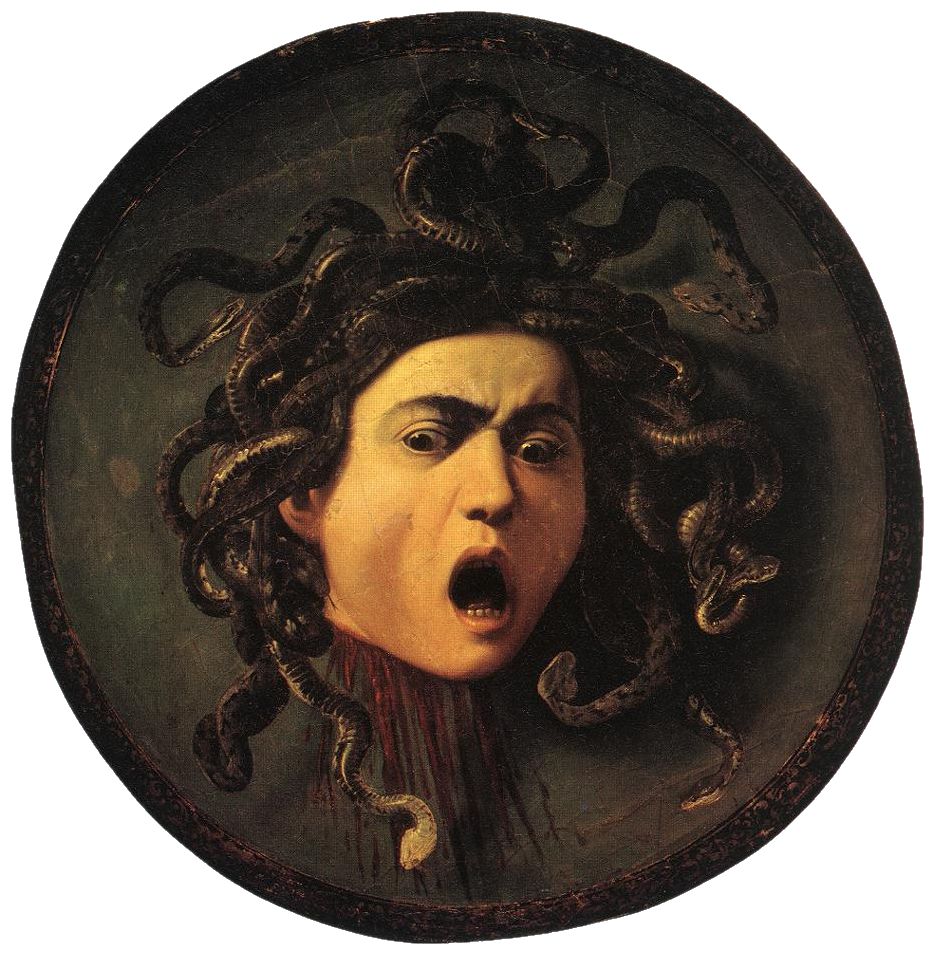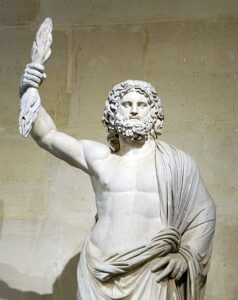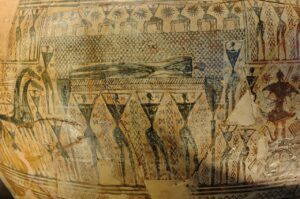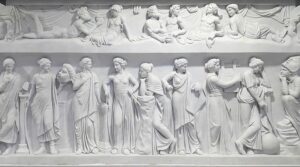Medusa is a famous figure from ancient Greek mythology. For instance, she was said to have had snakes for hair and the ability to turn anyone who looked into her eyes into stone. Ancient Greek mythology includes stories of her of her life, which highlight her significance to ancient Greek culture. This article discusses Medusa in terms of her history, mythology and significance to ancient Greece.
Origins and Mythology of Medusa in Ancient Greece
The exact origins of the myth about Medusa are unknown. For instance, historians have identified a few different stories regarding her in ancient Greek mythology. Regardless, it is said that she was one of three sisters who were the children of ancient gods. Her sisters were Stheno and Euryale. All three sisters were referred to as ‘Gorgons’, which means ‘creatures’ in ancient Greek mythology. This is because all three of them were said to have snakes instead of hair.
According to one legend, Medusa was once a beautiful priestess of the goddess Athena but was punished for her vanity by being transformed into a monster with snakes for hair. Other versions of the story claim that she was born with her snakes instead of hair, or that she was a victim of the wrath of the gods.
Regardless of her origin, Medusa quickly became one of the most fearsome figures in Greek mythology, inspiring terror and awe in equal measure. Her name has become synonymous with danger and death, and her image has been used to represent the forces of evil and chaos in various cultures throughout history.
Death of Medusa
She was supposedly killed by the ancient Greek hero Perseus, who used the reflection of her face in his polished shield to avoid looking at her directly. With a single strike of his sword, it was said that he beheaded her and claimed her head as a prize, which he later gave to Athena as an offering. In fact, in ancient Greek mythology it is believed that Athena put Medusa’s head on her shield.

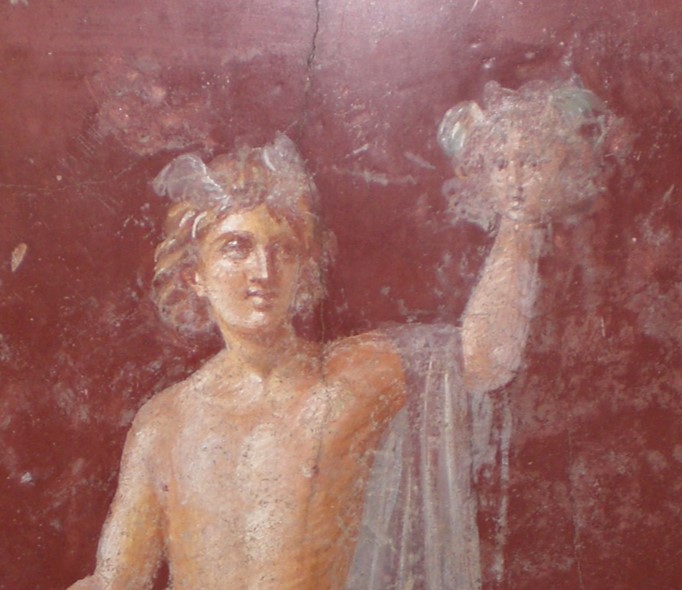
Significance of Medusa
As stated above, she was a significant figure in ancient Greek mythology. For example, as ancient Greek society developed and the importance of religion and mythology grew, Medusa took on a more symbolic role, representing the forces of chaos and destruction that threatened the natural order of the world. In fact, the myth became deeply ingrained in the cultural consciousness of ancient Greece.
In the classical period of ancient Greece, she was a symbol of the evil and terror that threatened the ideals of ancient Greek civilization, and was often shown in sculptures and paintings as a warning to all who would defy the gods.
At the same time, however, Medusa also came to be seen as a symbol of the power of the femininity, and was sometimes celebrated as a goddess of fertility and rebirth. In this role, she was associated with the other great goddesses of the ancient world, such as Gaia and Rhea (Titans), and was said to possess the power to heal and rejuvenate the land.
Medusa has been a popular subject in art and literature for thousands of years, inspiring countless works of art, sculptures, and literary works. In ancient Greece, her image was often used as a warning or a symbol of power, appearing on shields and statues as a reminder of the dangers of vanity.
Medusa’s legacy continues to be felt in popular culture to this day, with her image appearing in a variety of forms and interpretations. In modern times, she has been portrayed as both a villain and a hero, with some interpretations casting her as a powerful feminist icon and others as a symbol of fear and danger.

